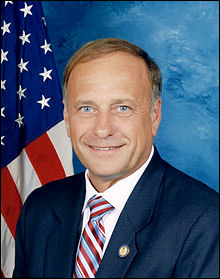By Jim Ellis
June 18, 2018 — A day after US representative and former governor Mark Sanford (R-Charleston) was denied re-nomination, becoming the second incumbent in this election cycle to fall before the national vote even begins (in May, North Carolina Rep. Bob Pittenger, R-Charlotte, was the first to lose) the chairman of the South Carolina Democratic Party was claiming that his political organization is now staring at a conversion opportunity.“It is a perfect storm and an opportunity for us to pick that seat up,” said Trav Robertson, the SC Democratic chairman in an interview last week with the Huffington Post.
Robertson and the local Democrats are claiming that the 1st District is now competitive because Rep. Sanford is out. The 1st stretches from Daufuskie and Hilton Head Islands along the Atlantic coast in the state’s southeastern corner and moves up State Route 17 to the Santee Coastal Reserve while taking in the southern tip of Charleston before jutting up Interstate 26 and State Highway 52 to capture the Goose Creek, Summerville, Moncks Corner, and Bonneau communities.
But it seems the chairman may have it backwards. His “perfect storm” might actually have formed if his candidate, attorney Joe Cunningham, were now facing a weakened Rep. Sanford, who might have won re-nomination with a 50.5 – 46.5 percent spread, instead of losing to state Rep. Katie Arrington (R-Summerville) by such a margin.



